AutoCAD Electrical and Inventor – Working Together
Anyone working in the automation industry knows that one of the biggest design bottlenecks is the communication between mechanical engineers and controls engineers. Late design changes that affect the build and test of equipment, the owner of the BoM, and the fit of electrical and fluid power components and cables into the actual assembly are all common issues that arise.
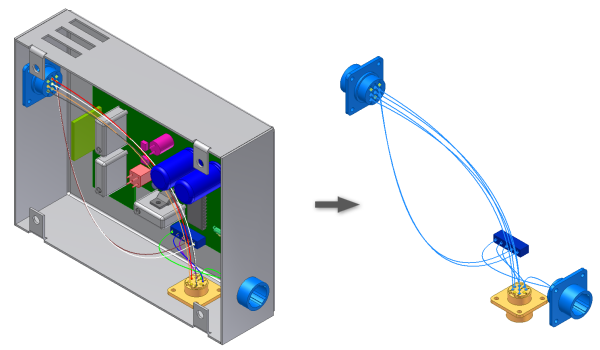
Autodesk has been continuing to update its Electro/Mechanical Connector, also known as EMX. The EMX connector allows AutoCAD® Electrical and Inventor® to share a single Bill of Material to keep the Electrical and Mechanical designs in synch.
Sounds great, right? It can be when approached with the knowledge of the connector's capabilities and understanding your organization's goals for the outcome. Some goals can be ensuring that the Bill of Materials is accounted for in one place, calculating wire and cable lengths for manufacturing, and ensuring that electrical components fit within the mechanical design.
Part of a successful implementation is planning and understanding the necessary workflow and preparing to create and manage both the AutoCAD Electrical and Inventor Electrical Parts.
To make a plan to implement the EMX connector, keep the following in mind.
- What is your goal for the implementation?
- Wire/Cable lengths and nail board?
- Fit concerns?
- Complete BoM?
- Pinch points for cables?
- AutoCAD Electrical Parts database is the key to success
- The schematic components must have a part number assigned to them to share the BoM information between AutoCAD Electrical and Inventor.
- Within the parts database, there is a field "SYMBOL3D" that tells Inventor what 3D electrical part is needed to match the schematic.
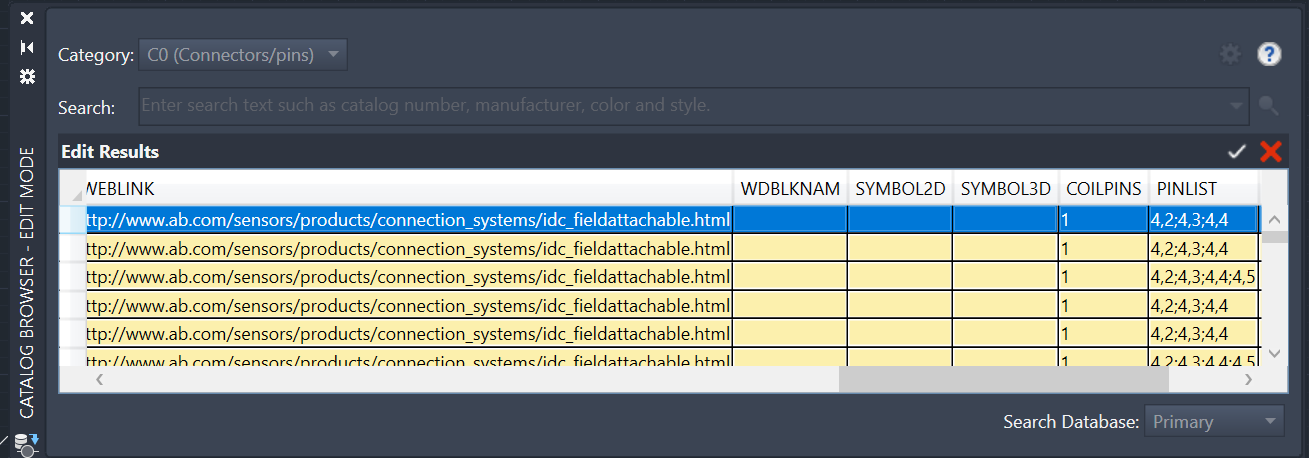
- Inventor Electrical Parts
- Autodesk does not supply many “Electrical” parts, so be prepared to create them.
- Many organizations download 3D files from manufacturer websites and then add the electrical attributes to make them EMX ready.
- Co-ops can be very handy in this step as well
- Consistent process and standards.
- Everyone should be trained to follow the same process to make your implementation successful.
- Autodesk does not supply many “Electrical” parts, so be prepared to create them.
My last piece of advice is to walk before you run. Make sure that the foundation of your EMX implementation is rock solid before moving on to the next level of integration. This connector is amazing and can assist in communication between Controls and Mechanical, but you are now playing "chess," not "checkers."
|
|



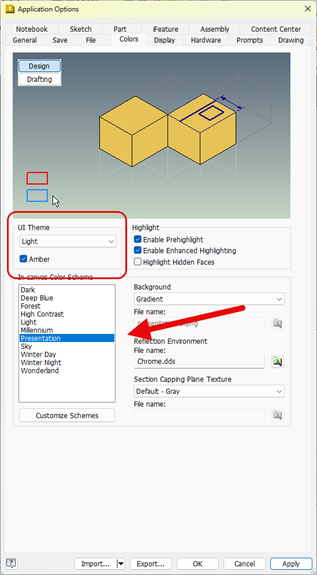
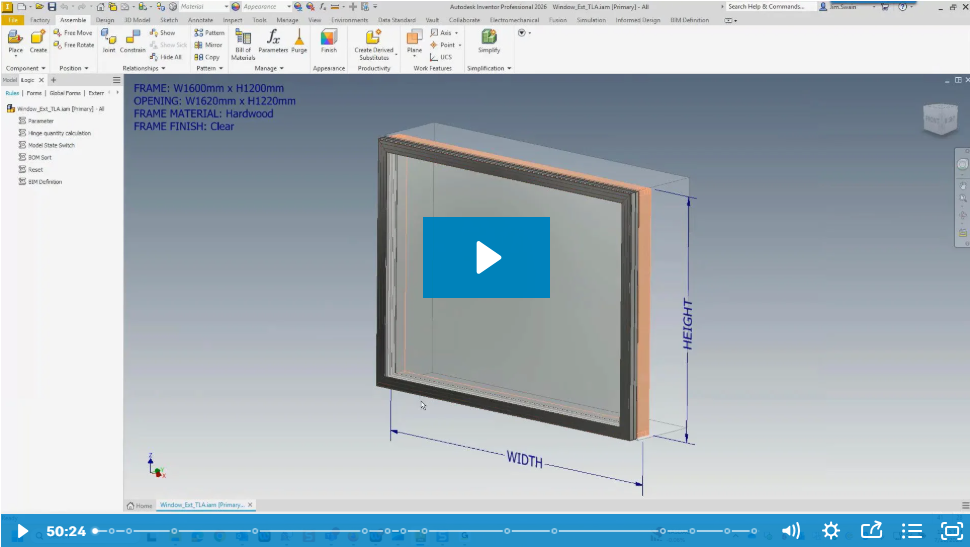
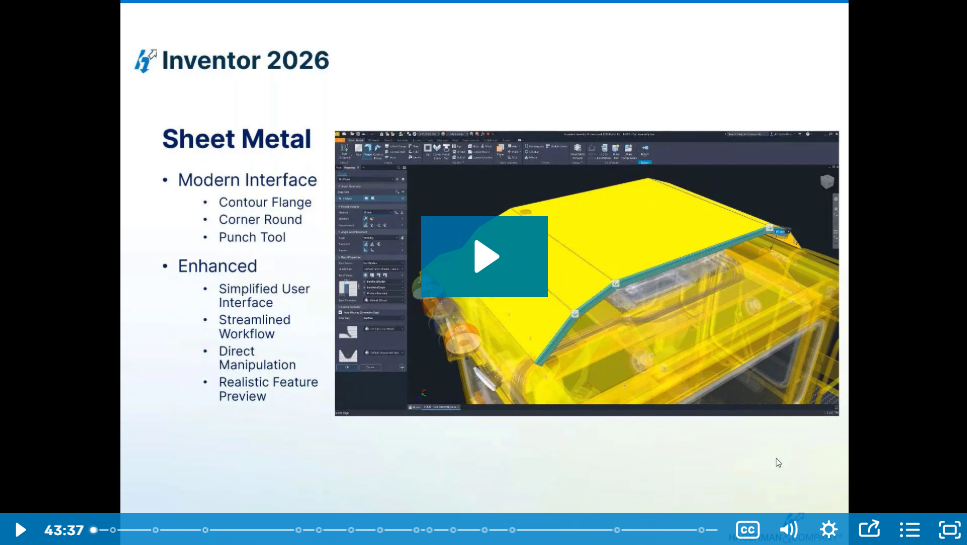
Comments